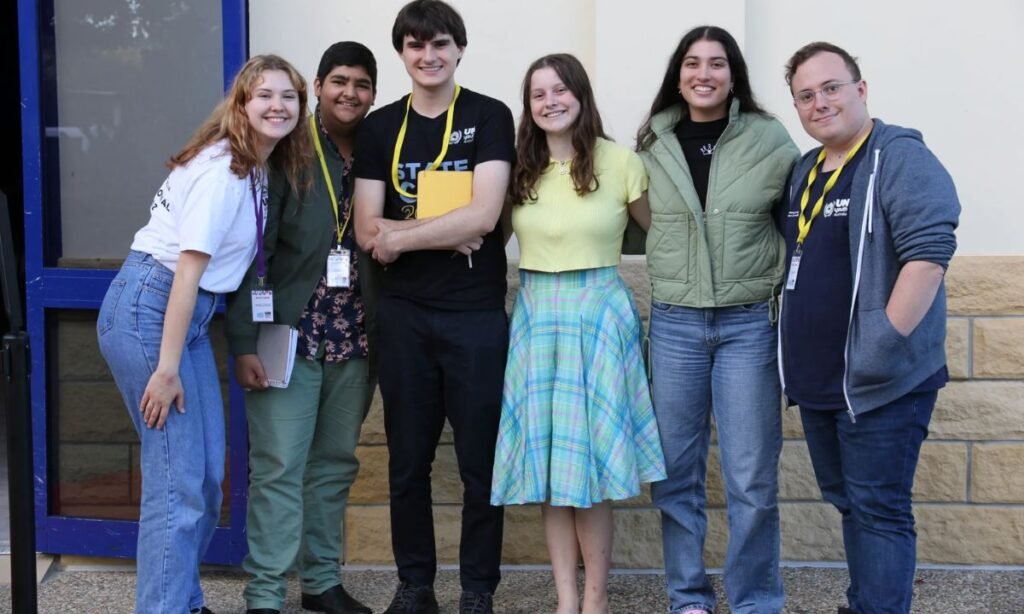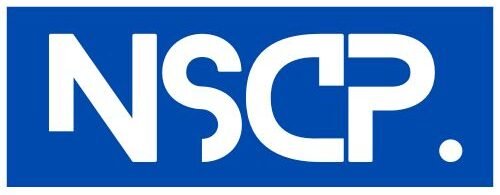Australia’s $1,000 Youth Allowance has returned in 2025, bringing renewed hope and financial relief for thousands of young Australians. Whether you’re a full-time student, an apprentice, or an unemployed youth actively seeking work, this Centrelink-backed support could be the boost you need to manage education or living costs. In a time where financial independence feels harder to achieve, this allowance can provide essential support as you transition into adult responsibilities.
Understanding Youth Allowance and Its Purpose
Youth Allowance is a government welfare initiative managed through Centrelink under Services Australia. It’s aimed at young people aged between 16 and 24 who are studying or training, or up to age 21 for those looking for work. In 2025, the government has enhanced the scheme with a maximum lump-sum base rate of $1,000 to help ease financial burdens linked to tuition, housing, and everyday expenses. The update reflects the rising cost of living and the growing demand for accessible education.
Who Can Apply for the $1,000 Youth Allowance?
Eligibility for the Youth Allowance is based on a combination of factors. Age is a primary consideration, with students and apprentices needing to be between 16 and 24, while job seekers must be under 22. You must also meet residency conditions, including being an Australian citizen, permanent resident, or a Special Category Visa holder from New Zealand with protected status. In addition, applicants must be engaged in full-time study, a registered apprenticeship, or be actively job seeking and fulfilling Centrelink’s mutual obligations.
How Much Can You Expect to Receive?

While $1,000 is the upper limit, actual payments vary based on your circumstances. For example, those living away from home or supporting a partner or child may receive more. On average, dependent students living at home receive around $941 per quarter, while independent students and apprentices away from home are eligible for up to the full $1,000. Other personal factors such as part-time income and dependent status also influence the total amount. Services Australia’s online estimator tool can give a tailored projection based on your inputs.
Claiming Youth Allowance Through myGov
The claiming process in 2025 has been made easier with a fully digital approach. To start, you must have a myGov account linked to Centrelink. From there, you’ll need to prepare essential documents such as your Tax File Number, proof of study enrolment, identity documents, and bank account details. Once your claim is submitted through the Youth Allowance section, you can track its progress via myGov or the Express Plus Centrelink mobile app. Applicants are encouraged to apply as soon as their course or training begins to avoid processing delays.
When to Expect Your Youth Allowance Payment
Once approved, most claimants receive their first payment within two to four weeks. In some cases, eligible students or apprentices can receive an upfront lump sum of up to $1,000. Ongoing payments are typically made fortnightly, while quarterly lump sums may coincide with school term starts or training blocks. With timely applications and the correct documentation, the process can be efficient and straightforward.
What’s Different About the Youth Allowance in 2025?
Several new features have been introduced this year to make the allowance more flexible and accessible. These include increased maximum payment amounts, simplified digital application methods, and eligibility expansions for students enrolled in hybrid or remote learning. Regional and rural applicants under the age of 22 may also qualify as independent, opening the door for more support. These updates reflect a modern understanding of education, employment, and the real financial pressures facing young Australians today.
In a year marked by economic uncertainty and rising costs, Australia’s renewed $1,000 Youth Allowance is a timely lifeline. It empowers the country’s youth to focus on building skills, pursuing education, or finding employment without the constant weight of financial stress. By staying informed and acting quickly, eligible individuals can make the most of this essential support.

